

Somewhere in the world there’s a person capable of completing Mega Man X and Mega Man X2 concurrently, using the same controller, in less than three hours. I’m not kidding: the footage is here, and it’s very tedious to watch. Kalimba takes the concept and makes it fun, cheerful, and only occasionally tedious.
Kalimba’s premise is simple. You’re in charge of two small totems tasked with fending off some vague impending doom. A towering, all-important totem has been destroyed by an evil force, and it needs to be rebuilt with pieces found at the end of each level. Master a level and you’re rewarded with a special, ornate totem—basically a badge of honour—whereas poor performance gives you an ugly old log. Either way, you pass the level and move to the next, but it’s hard to resist the pull of creating the prettiest painted figure possible by nailing a perfect run.
The levels are straightforward enough at first: direct your two characters all the way to the end of the level and don’t fall into any of the evil black sludge. Problem is, in early levels both totems have their own route and obstacles, and if one dies the other does too. It feels like playing two breezy platformers at once, and it’s pleasantly daunting to vouch for two characters.
And that’s a great idea for a 2D platformer—who needs more?—except there’s a lot more to Kalimba. Danish studio Press Play goes to great lengths to dig up every conundrum possible in the scenario: sometimes your totems will collaborate, at other times they’ll tag team in mini-escort missions, while at other times you’ll wish one of them would stop being so needy and die.
In most cases it’s impossible to move one totem without also moving the other, but you can switch between the totems and use the environment to manipulate their position in relation to each other. Sometimes you’ll need one purple totem to chaperone a blue totem through purple goop, and vice versa. New challenges and approaches are served up at a steady clip, and it’s a cleverly paced platformer in the way it immediately capitalises on the player’s mastery of a new technique, layering on ideas until the game no longer resembles a typical left-to-right platformer.
It’s a game with a lot of ideas, but it’s not overly cerebral. Kalimba finds a nice balance between static problem solving and fast-paced, reflex-oriented running. The graphics—crisp, colourful, triangular mosaics—are delightfully readable, and while environments tend to feel a bit repetitive, the levels are defined by their unique obstacles, not by whether they’re set in a cave or a forest. You’ll launch your totems from cannons, guide them through hordes of gliding baddies, and invert gravity. Kalimba sometimes feels like a rhythm game because when it’s played well, it’s a zen-like, trance-inducing experience.
Due warning though: as with most modern platformers, Kalimba isn’t reluctant to drop its cheerful veneer at times. It has a reasonable difficulty curve, but there are occasions towards the end where the game’s puzzle and twitch persuasions clash in some infuriating ways. Later levels feature a totem capable of both gliding and acting as a suspended platform for its buddy, and coordinating these abilities, while keeping each totem safe from black sludge and floating masks, feels like untying a knot pulled tight in your brain. These end stages of Kalimba are punishing, so make a precautionary dentist booking if you plan on giving it a go, and especially if you want all the collectibles. Picking them up isn’t the problem, but keeping them is, as every death docks them from your total.
But don’t be intimidated: the skillsets needed are well-established when the challenges come thick and fast, and checkpoints are charitably dotted throughout each level. It’s not an easy game, but nor does it deserve a place among the likes of Super Meat Boy, N+, or Volgarr The Viking.
Kalimba’s cooperative mode is one of its strongest offerings, and by necessity it boasts its own level set independent of the core single player experience. These focus more on collaborative puzzle solving rather than high speed maneuvers, and as far as couch platformers go it’s among the best I’ve played recently for PC.
There are frustrations, though. Kalimba’s challenge levels—accessed by barely hidden portals throughout the levels—are weirdly unsatisfying. They task you with acquiring a certain number of icons before reaching the end, but these icons respawn and the levels are rarely actually challenging. In an otherwise lean, focused game, they feel unnecessary and boring. Meanwhile, the boss battles aren’t especially taxing, but they feel like obligations rather than neat twists on the game’s formula.
But as someone who’s a bit fed up with puzzle platformers (give me more lightning speed, reflex-oriented games like Ori or Super Meat Boy) I was surprised by Kalimba. Platformers have always been good at making me feel hopeless one moment and adept the next, and the genre has lately been fond of openly subverting its own rules to these ends. Kalimba does both, but its sun faded colours and personable demeanour make even the toughest losses feel oddly graceful.
Shaun is PC Gamer’s Australian Editor. He loves masochistic platformers but lacks the skill and grace to complete them. He has four broken keyboards hidden under his desk, filed between an emergency six-pack of Reschs and five years worth of XXL promotional t-shirts. He stares out the window a lot.
THE VERDICT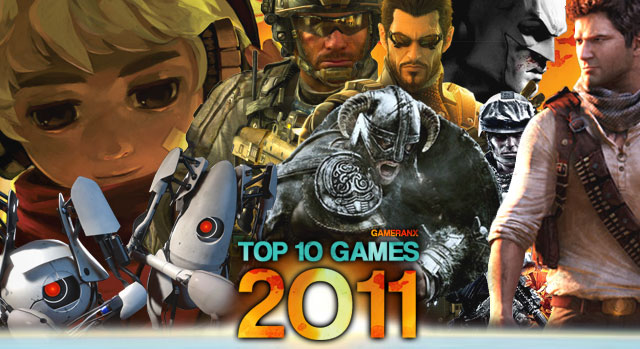
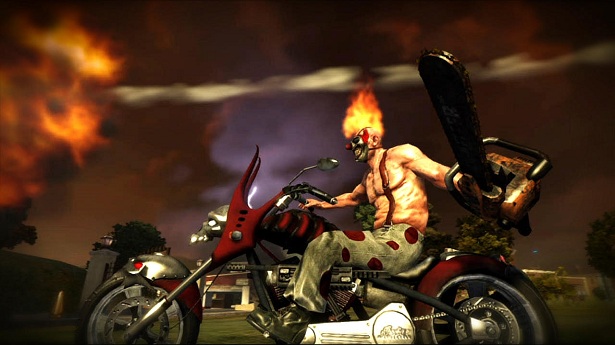


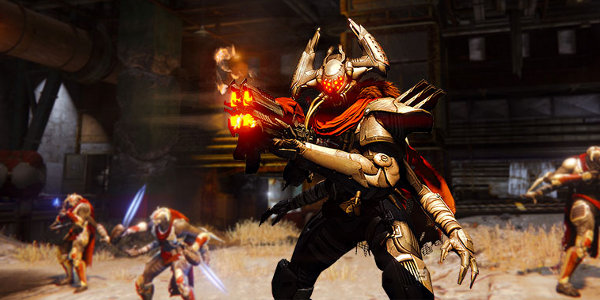 Destiny: House of Wolves Wanted Bounty Location Guide (May 26 Week): Wolf Scavenger, Queenbreaker and Ether Runner
Destiny: House of Wolves Wanted Bounty Location Guide (May 26 Week): Wolf Scavenger, Queenbreaker and Ether Runner Puzzle and Dragons - Super Mario Bros. Edition walkthrough
Puzzle and Dragons - Super Mario Bros. Edition walkthrough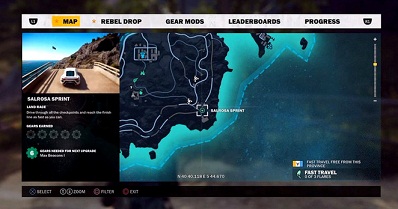 Just Cause 3 Formula 1 (F1) Car Location
Just Cause 3 Formula 1 (F1) Car Location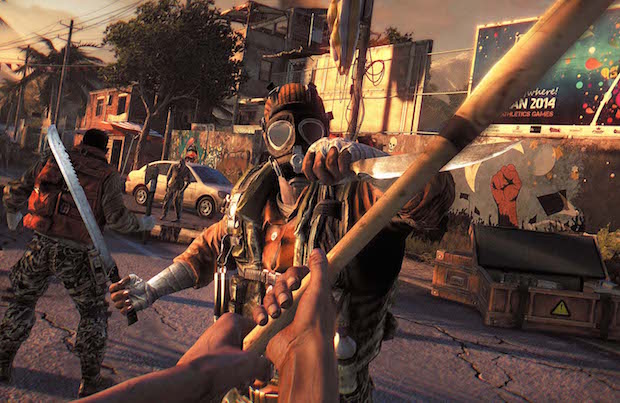 Dying Light Guide: Farming Nighttime Zombies for Fast Money and XP
Dying Light Guide: Farming Nighttime Zombies for Fast Money and XP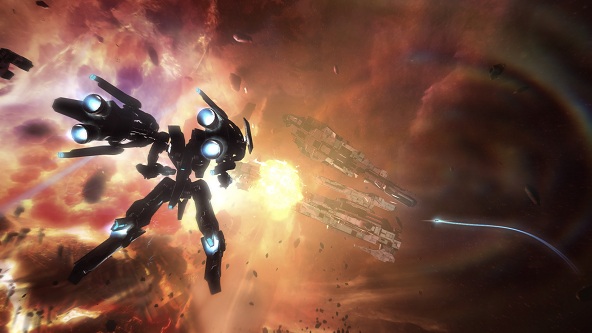 Strike Suit Zero Walkthrough
Strike Suit Zero Walkthrough